Camera Settings for Capturing Fast-Moving Subjects
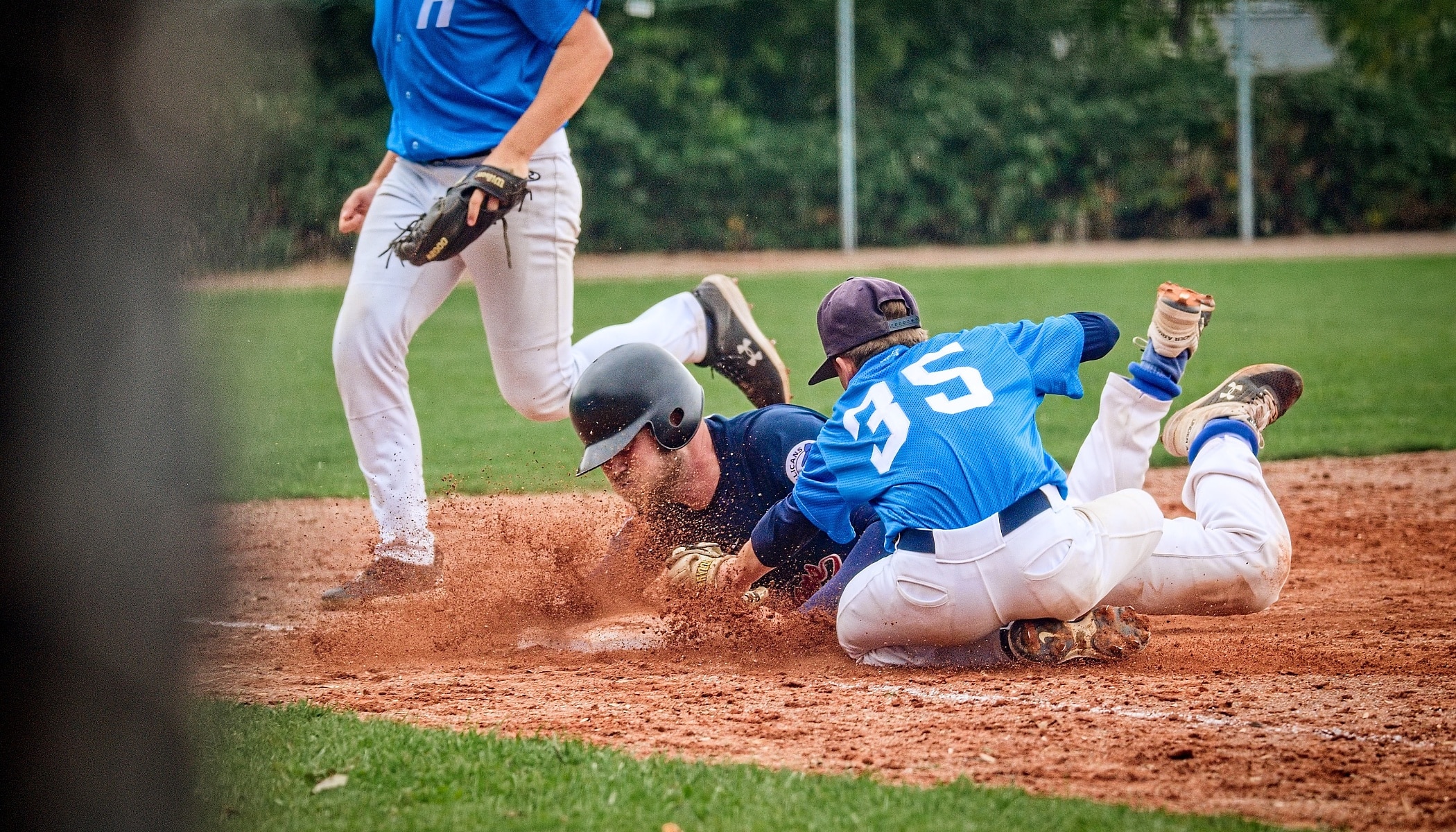
Fast-moving subjects mean different things to different people. Some people think of sports, others flying birds, a race car, or an airplane. But they all have one thing in common—everything takes place in a fraction of a second and the photographer has to be ready. Besides quick reflexes, the right camera settings also play a key role. Let’s take a look at what to focus on when shooting fast-moving subjects.
In this article, you’ll learn:
- how to set shutter speed, aperture (f-number), and ISO for fast-moving subjects
- how to use continuous focus mode (AF-C) and subject tracking
- how panning works and when to use it
- why continuous shooting speed and buffer size matter
- what to consider when choosing a camera, lens, and memory card
Fast-moving subjects are always a challenge for photographers. Moments last only fractions of a second, and the result depends not only on your reflexes, but also on how you set up your camera. The right settings give you the freedom to concentrate on the scene and capture what you’d otherwise miss.
Choosing your camera and lens
If you’re in the process of choosing gear for sports or action photography, focus on several key parameters. The number of focus points and autofocus speed are important because your subject often approaches, moves away, or changes direction suddenly. Modern cameras can detect faces, eyes, animals, and even cars, which is useful for action scenes.
Another important feature is the continuous shooting speed and the size of the buffer, or memory where images are stored before being written to the card. The faster the camera can shoot, and the longer it can do so without slowing down, the better your chances of catching the decisive moment.
With lenses, pay attention to autofocus speed and lens speed. A fast lens lets you use shorter shutter speeds and keep ISO lower. Even more affordable models can handle fast action today, but the better gear you get, the more freedom you have.

Read our article about choosing the right camera and the right lens for sports photography.
Shutter speed—The key to sharp images
The most important setting when shooting fast-moving subjects is shutter speed. A short shutter speed freezes the action, while a longer one preserves motion and makes the photo more dynamic. The shutter speed you choose depends on the specific situation.
For walking, about 1/250s is enough. For sports photography, 1/500 to 1/1000s works. For motorsports, I recommend at least 1/1000s. For birds in flight, start at 1/2000s. Lighting conditions and ISO play a role, so take these values as guidelines.
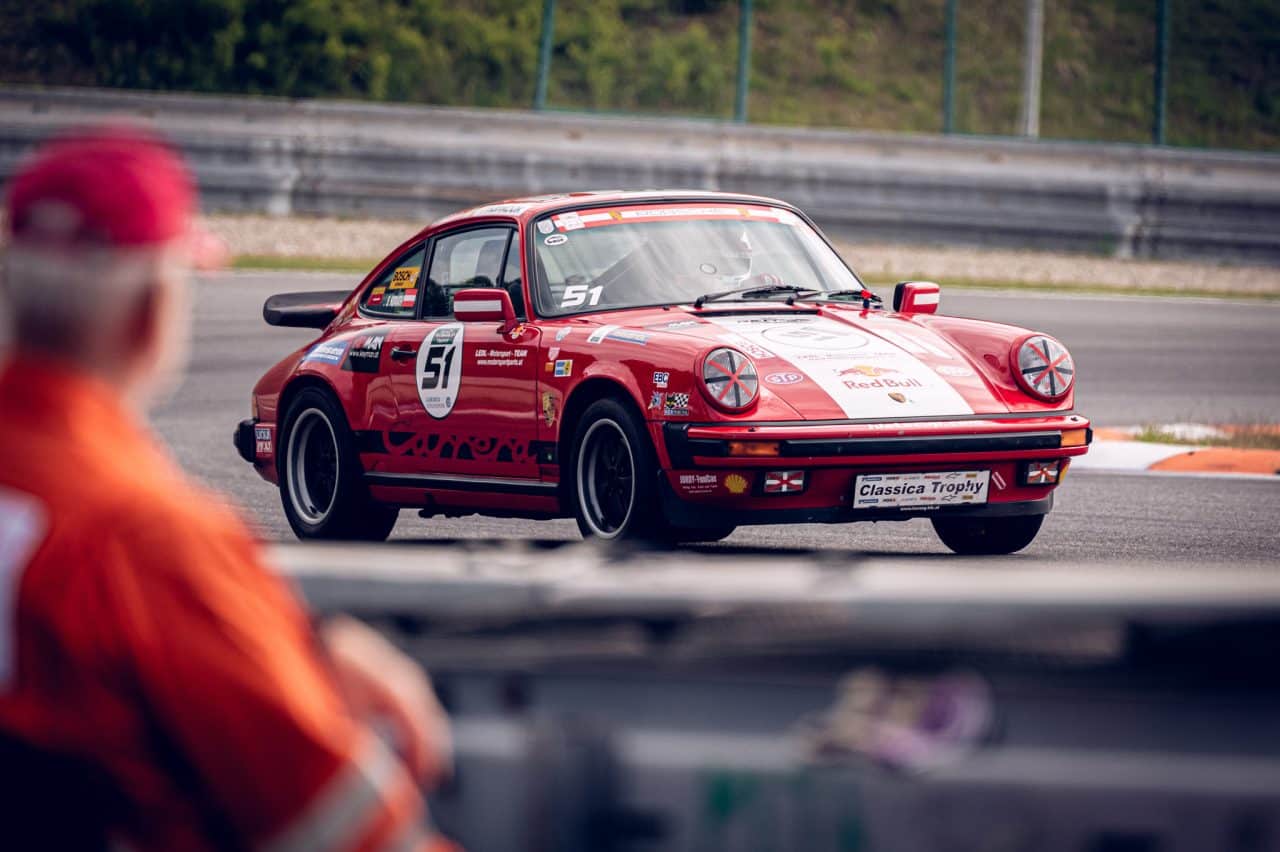
Keep in mind that a shutter speed that’s too short can strip an image of its sense of speed. A racecar on the track might look like it’s standing still. That’s why it helps to have details in the frame that emphasize motion—spinning wheels, flying debris, dust, or shimmering air.
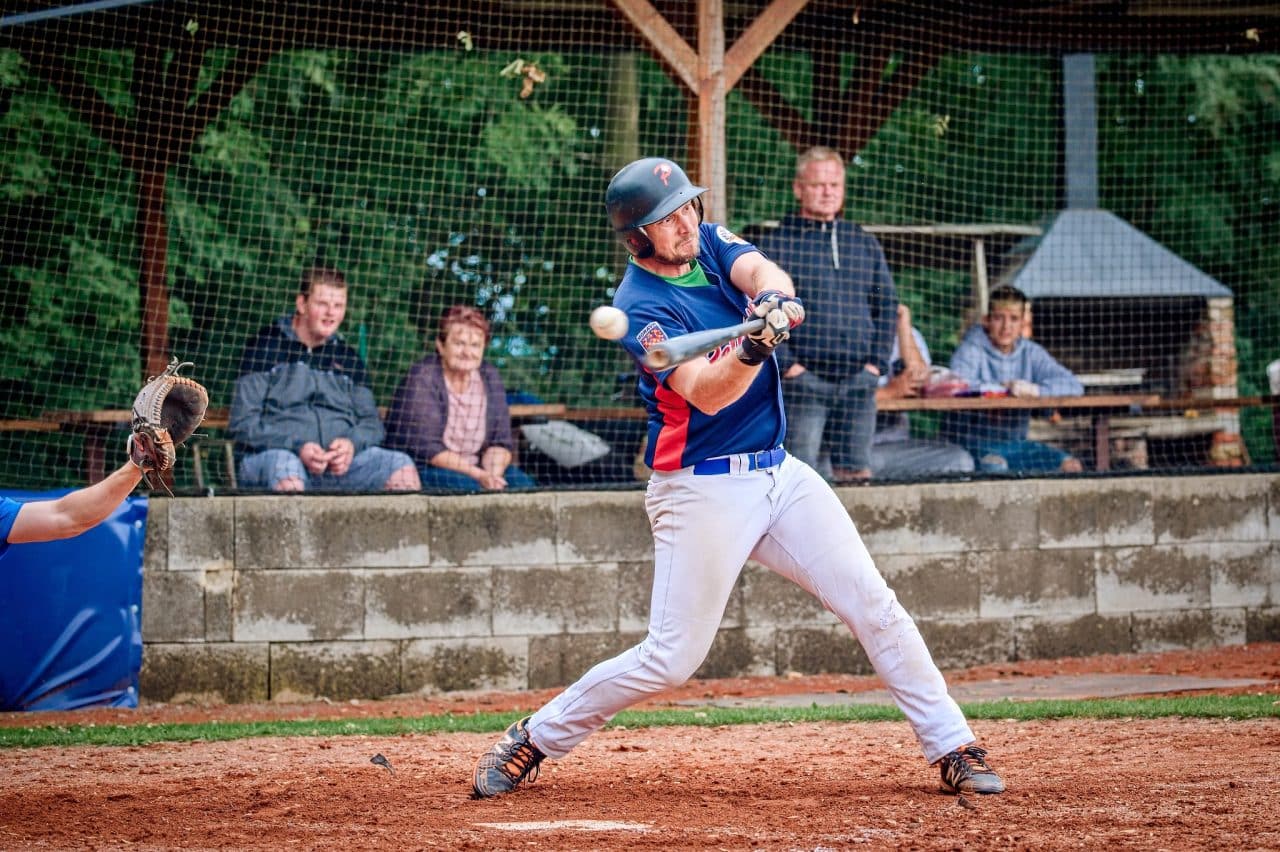
How panning works and when to use it
If you want to emphasize speed even more, try panning. This involves setting a longer shutter speed (such as 1/30–1/200s) and tracking the moving subject with your camera while shooting. Your subject stays sharp, while the background blurs into streaks.
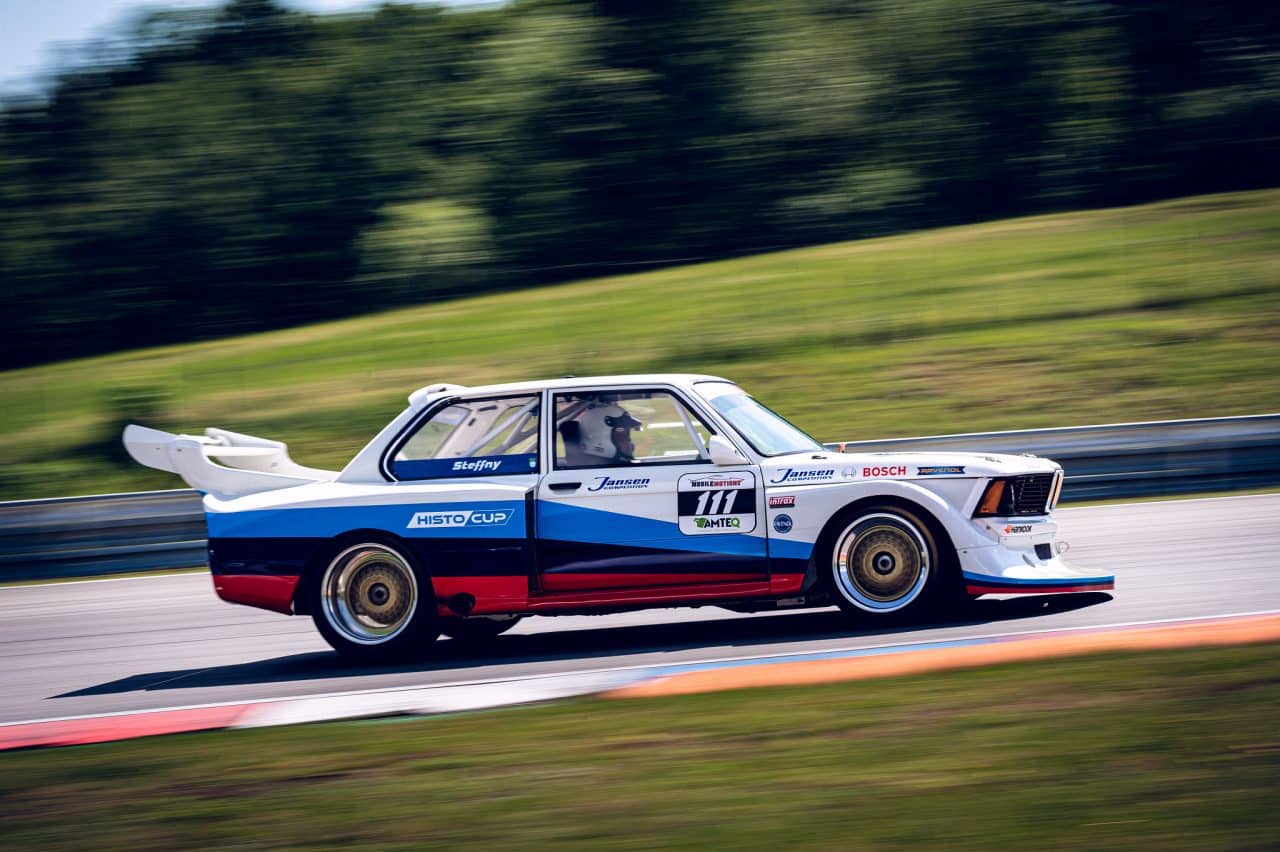
The result is an image that vividly conveys speed. The best place to practice panning is at motorsport events. When the subject passes close by and slows down slightly, it’s easier to synchronize your movement with the camera.

You can also simulate panning in post-production. Learn how in the article Digital Panning in Zoner Studio.
Aperture and depth of field
At first glance, aperture might not seem important when shooting motion, but the opposite is true. A fast lens lets you lower ISO and keep noise down. On the other hand, if autofocus isn’t fast enough and the subject is moving quickly, stopping down gives you more depth of field. This gives you more certainty that the key part of your photo will be sharp.
When panning, it’s often necessary to close down the aperture so you don’t overexpose the shot at longer shutter speeds. Just keep in mind that at high f-numbers, every speck of dust on the sensor shows up. It’s best to keep your sensor clean.
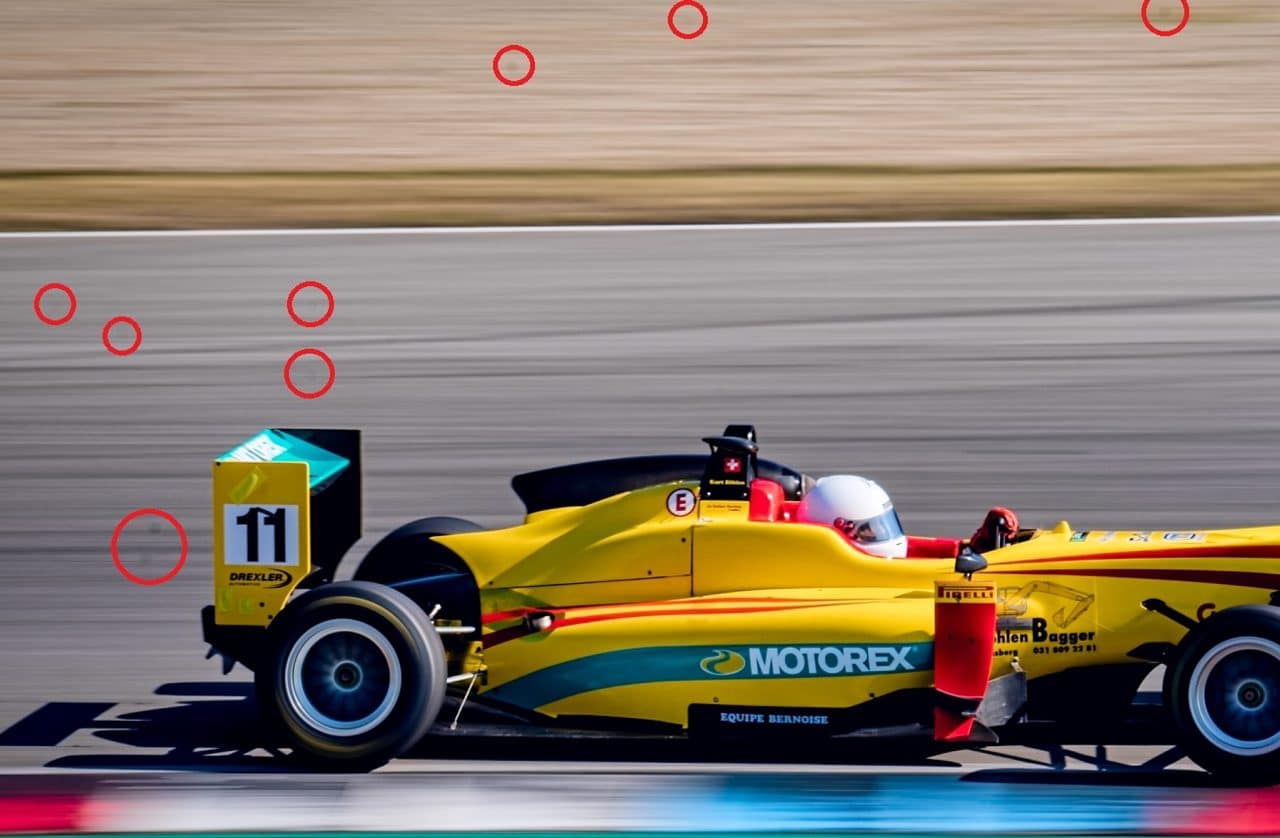
Autofocus and sharpening
When photographing fast-moving subjects, use continuous focus mode (AF-C), which continually refocuses based on subject distance. If your camera has subject tracking, turn it on. It makes your job easier by automatically switching focus points and keeping your subject sharp.
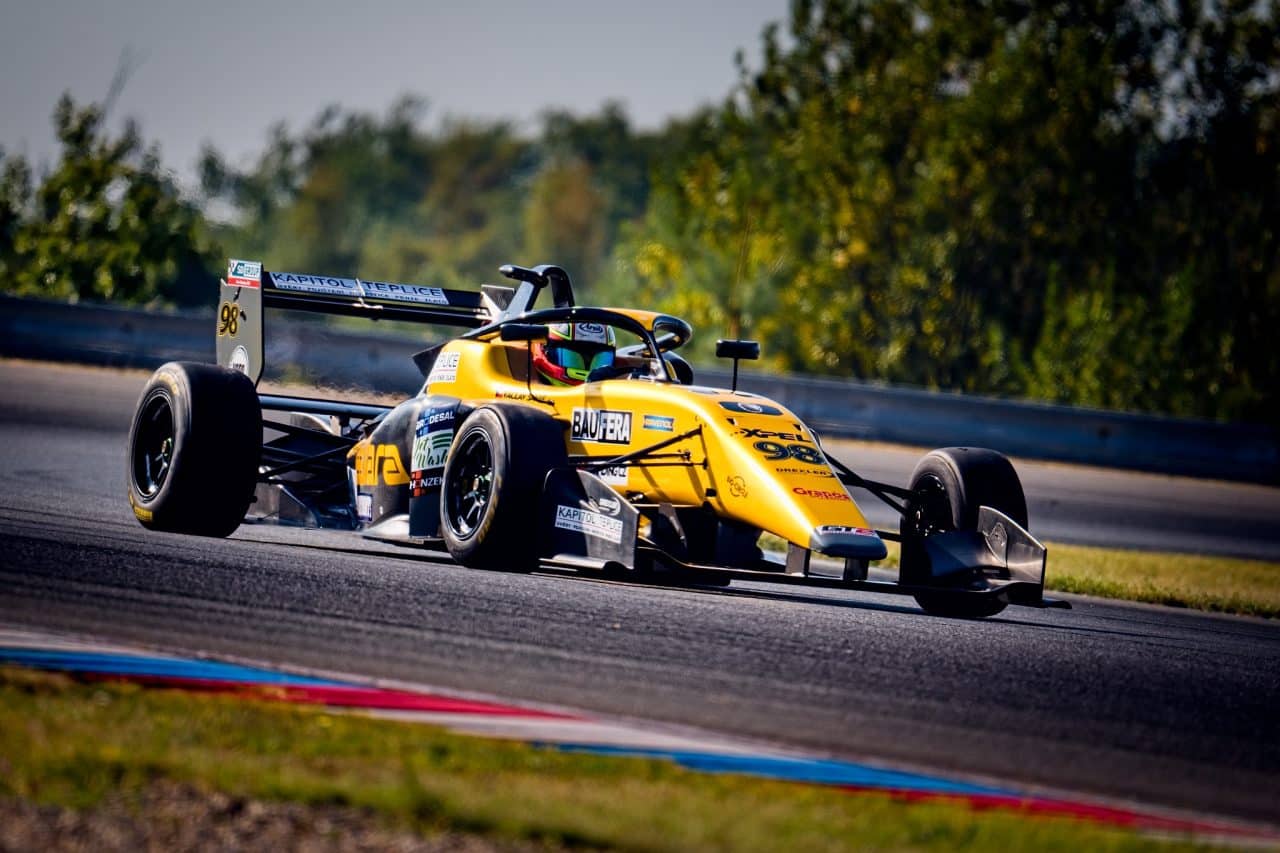
Modern cameras can also detect eyes, faces, or animals. This is especially useful when multiple subjects are moving in the frame. When shooting from a greater distance, use the focus limiter, which prevents the lens from hunting across its full range and speeds up focusing.
Working with exposure and ISO
With fast-paced action, your subject can move quickly from shadow to light. You won’t have time to keep adjusting ISO, so it makes sense to use auto ISO. Set the maximum ISO you’re willing to tolerate and let the camera handle the rest. This saves you time and lets you focus on capturing the right moment.
Burst mode and memory cards
When shooting fast motion, it’s better to have more shots than to miss the perfect one. That’s why you should use continuous shooting mode to the maximum your camera can handle. This can vary greatly, from a few shots per second to the latest models offering one hundred or more.
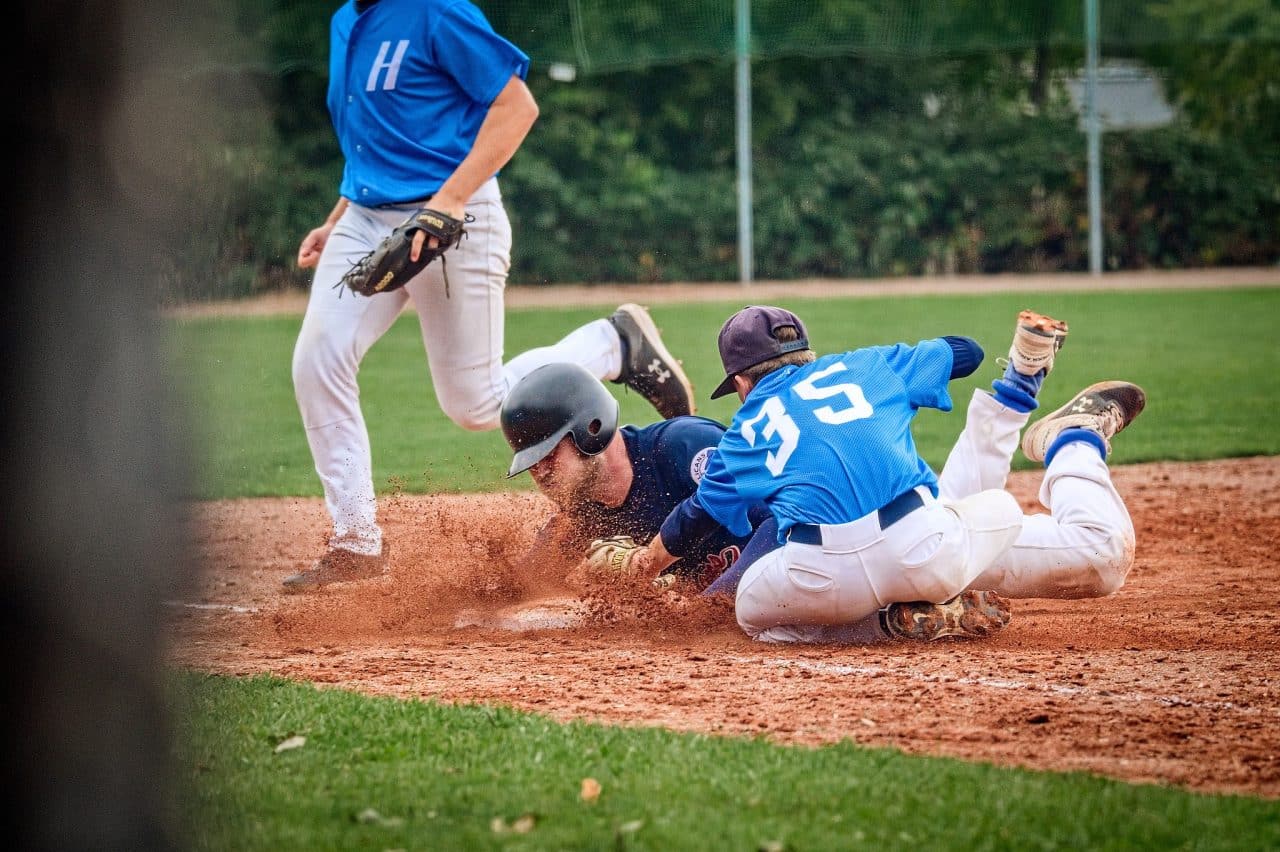
To avoid the buffer slowing you down, you also need a fast memory card. It’s not just about capacity, but write speed. Manufacturers often highlight read speed, but for photographers, how fast the card writes is really what matters. This determines whether you can start another burst right away or have to wait to free up memory.
Some camera models offer a pre-shooting buffer, which saves images taken just before the shutter button is pressed. This is useful in situations where human reflexes can’t keep up.
Summary: Mastering fast-moving subjects
Photographing fast motion is one of the most demanding disciplines in photography. It requires quick reflexes and technical knowledge. But if your shutter speed, aperture, and autofocus are set correctly and you make full use of your camera’s potential, you have a much better chance of capturing dynamic images that pull the viewer straight into the action.
FAQs
What shutter speed should I use for sports photography? Start around 1/500–1/1000s, depending on the speed of the sport and lighting conditions.
Is manual or auto ISO better? Auto ISO with a maximum limit you’re comfortable with for noise is usually best.
How do I get a blurred background effect when shooting movement? Try panning—follow the subject with your camera at a longer shutter speed.
Do I need professional-level gear to shoot fast-moving subjects? No. Even standard cameras and lenses can handle it, but faster autofocus and a larger buffer make a big difference.